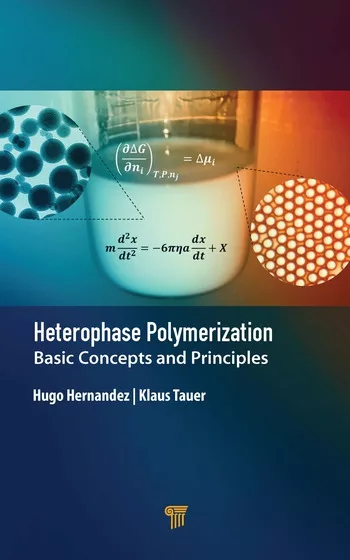Ask Dr. Dave
Adhesives and sealants troubleshooting tips from Dr. Dave Dunn.
Question: What are the best thixotropes for adhesives and sealants, and why are they used?
Answer: Thixotropes are widely used in adhesive, sealant, and coating systems. Thixotropy is a rheological term for time-dependent shear thinning, which in practical terms means that the products can be sheared using pumps or other dispensers to lower their viscosity for application; however, they rapidly restructure to products that will not sag or slump on vertical surfaces. Fumed silicas have become the benchmark against which any alternatives are measured, and they are essential components in some products, particularly silicone sealants, where they act as the primary reinforcement. Fumed silicas are available in both hydrophilic (often called “untreated”) and hydrophobic (“treated”) versions. The untreated versions have been successfully used in a number of products for many years but demonstrate deficiencies in some systems, notably in their inability to maintain stable viscosity on aging. The treated versions provide much more stable systems but are somewhat more expensive.
Alternatives to fumed silicas include castor oil derivatives, clays and fibers. Asbestos is a formerly popular fiber-type thixotrope that is no longer used for health and safety reasons. Fibers are interesting thixotropes because they build viscosity through the physical entanglement of fibers and fibrils rather than relying on chemical interactions. Under shear, these fibers align and the material becomes lower in viscosity. Aramid fibers and engineered cellulose fibers are two examples of modern fibers used as thixotropes. Unfortunately, there is no alternative to extensive testing of these thixotropes. You will need to test them in your product and control the amount and time of shearing during mixing. You’ll also need to ensure that you measure the effects on thixotropy, both immediately after mixing and after shelf aging. Be careful when measuring viscosity as a function of shelf life; I have seen instances where a product appears to be in specification when packaged in a tube but cannot be dispersed several months later due to structuring within the tube.
Question: What are the best thixotropes for adhesives and sealants, and why are they used?
Answer: Thixotropes are widely used in adhesive, sealant, and coating systems. Thixotropy is a rheological term for time-dependent shear thinning, which in practical terms means that the products can be sheared using pumps or other dispensers to lower their viscosity for application; however, they rapidly restructure to products that will not sag or slump on vertical surfaces. Fumed silicas have become the benchmark against which any alternatives are measured, and they are essential components in some products, particularly silicone sealants, where they act as the primary reinforcement. Fumed silicas are available in both hydrophilic (often called “untreated”) and hydrophobic (“treated”) versions. The untreated versions have been successfully used in a number of products for many years but demonstrate deficiencies in some systems, notably in their inability to maintain stable viscosity on aging. The treated versions provide much more stable systems but are somewhat more expensive.
Alternatives to fumed silicas include castor oil derivatives, clays and fibers. Asbestos is a formerly popular fiber-type thixotrope that is no longer used for health and safety reasons. Fibers are interesting thixotropes because they build viscosity through the physical entanglement of fibers and fibrils rather than relying on chemical interactions. Under shear, these fibers align and the material becomes lower in viscosity. Aramid fibers and engineered cellulose fibers are two examples of modern fibers used as thixotropes. Unfortunately, there is no alternative to extensive testing of these thixotropes. You will need to test them in your product and control the amount and time of shearing during mixing. You’ll also need to ensure that you measure the effects on thixotropy, both immediately after mixing and after shelf aging. Be careful when measuring viscosity as a function of shelf life; I have seen instances where a product appears to be in specification when packaged in a tube but cannot be dispersed several months later due to structuring within the tube.
Links
Looking for a reprint of this article?
From high-res PDFs to custom plaques, order your copy today!






